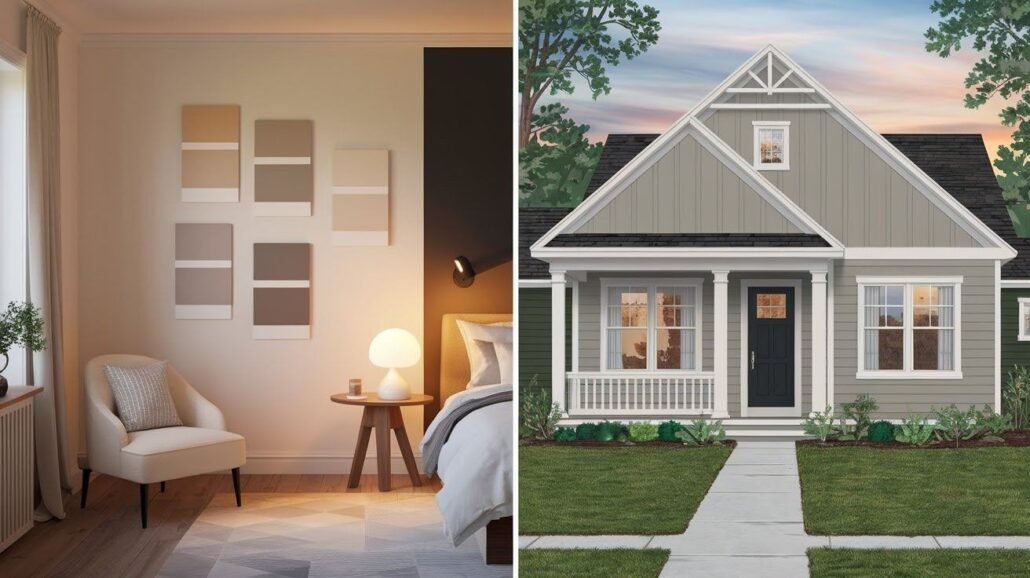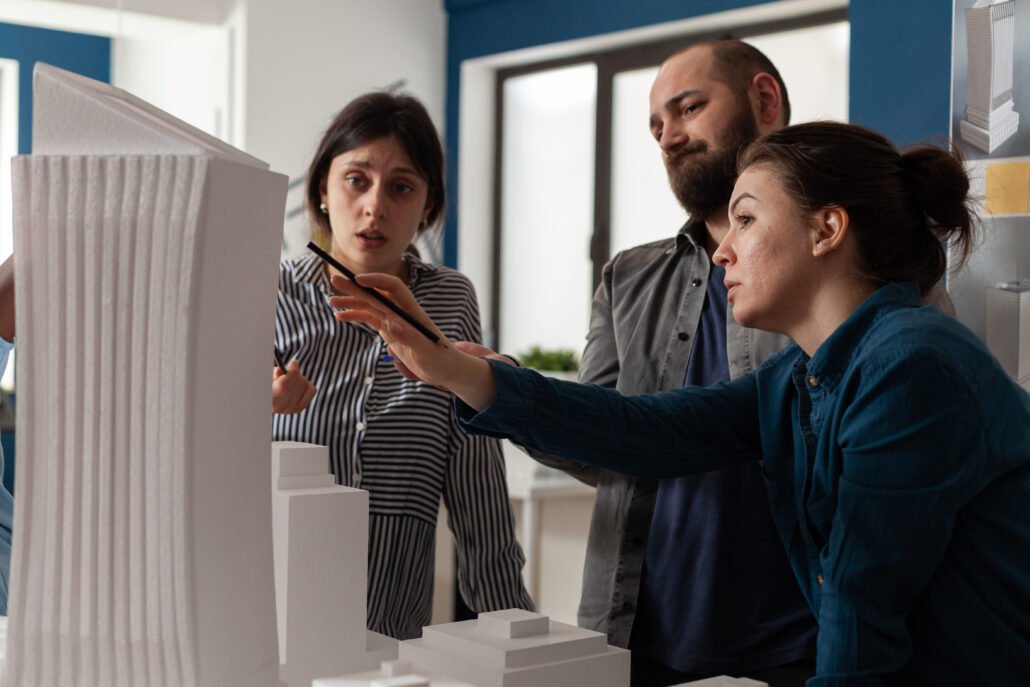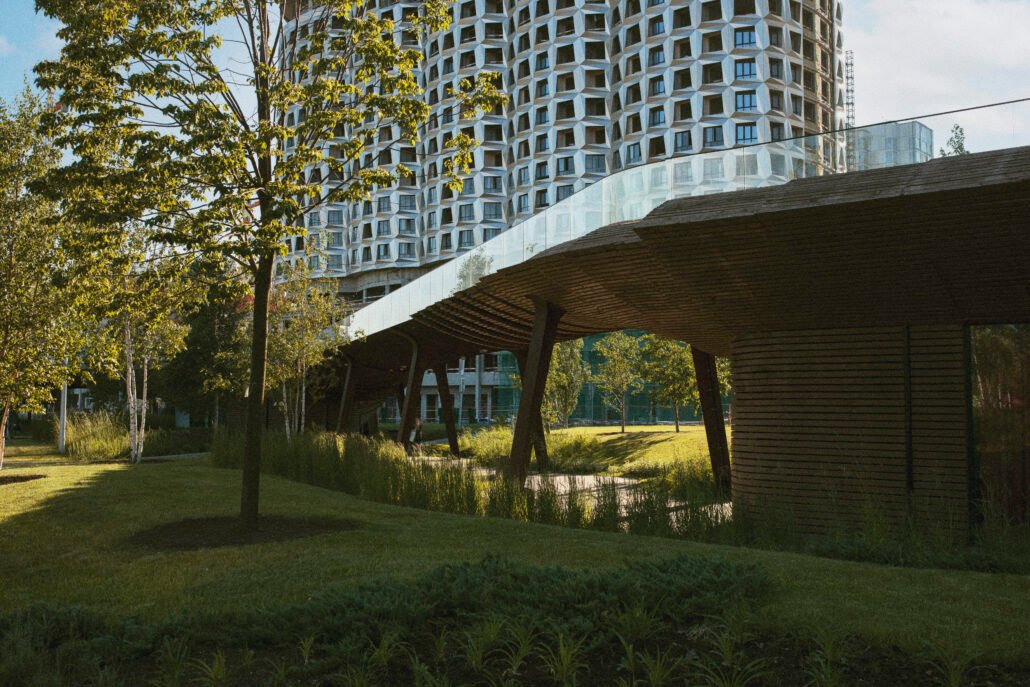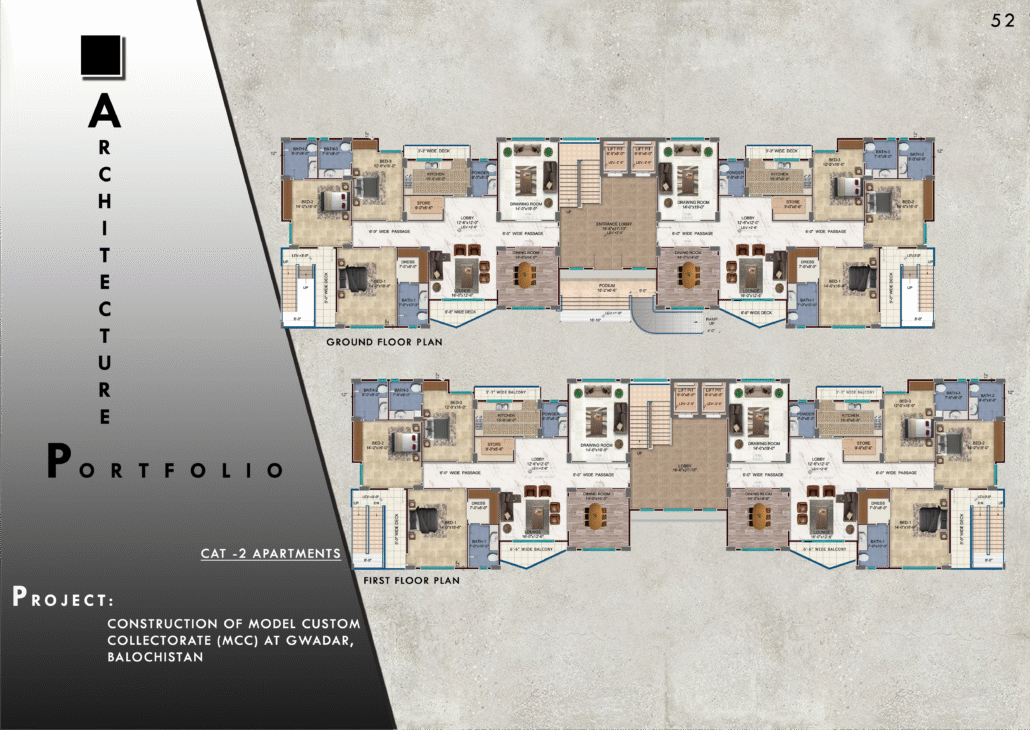Beyond Aesthetics: The Essence of Purposeful, Human-Centered Architecture
Architectural design is everywhere, but great design is rare. It’s more than looks. It shapes behavior, improves life, solves problems, and seamlessly blends with its surroundings.
At ArcXplore, we believe great design lives where art, science, and purpose meet. In this blog, we will explore what truly defines exceptional architecture for clients, users, and communities.
1. Purpose First: Design as a Solution, Not Decoration
Design always starts with intention. Every detail should meet a human need. For example, a hospital without workflow fails, and a home without comfort ultimately falls short.
Good design asks, "What problem am I solving?" However, great design asks, "How can I improve life through this solution?"
Key considerations in purpose-driven design:
1. User needs: Who will use this space? What are their goals, habits, emotions, challenges?
2. Functionality: Does the form follow function? Are circulation, lighting, acoustics, and thermal comfort optimized?
3. Contextual response: How does the design relate to climate, culture, and history?
When form follows purpose, beauty emerges naturally.
2. Human-Centered Spaces: Architecture That Connects Emotionally
Beyond solving functional problems, architectural design can evoke emotion. From awe in a cathedral to calm in a spa or productivity in an office, the best designs connect with people on a human level.
Great architecture is:
1. Empathetic: It understands users deeply.
2. Inclusive: It serves people of different ages, abilities, and backgrounds.
3. Sensory: It engages sight, sound, touch, even smell—creating a memorable experience.
“We shape our buildings, and afterwards our buildings shape us."— Winston Churchill
Our approach integrates psychology and behavior into design. A public park isn’t just landscape it’s how people gather, explore, pause, and feel safe. Great design listens.
3. Contextual Relevance: Architecture That Belongs
A great building doesn’t just sit on a site it belongs there. It respects its surroundings and understands the climate, culture, and history around it.
This is why site analysis and local materiality are critical.
Examples of contextual design:
1. A school in a desert climate that uses courtyards, thick walls, and wind catchers.
2. An urban apartment that mirrors the rhythm and scale of adjacent buildings while offering modernity.
3. A museum in a heritage zone that blends past and present without mimicry.
Contextual design is not imitation, it's conversation.
4. Sustainability: A Non-Negotiable in Great Design
Sustainability is no longer a luxury; it’s a necessity. Moreover, great architectural design is environmentally responsible, from the materials it uses to how it performs over time.
Key elements of sustainable design:
1. Passive strategies: Natural ventilation, daylighting, solar orientation.
2. Material intelligence: Use of recycled, local, or low-carbon materials.
3. Energy performance: Reducing operational energy through efficient systems.
4. Resilience: Design that adapts to changing climate, disasters, or urban growth.
We integrate sustainable systems from Day 1 rather than as afterthoughts. Moreover, we believe the most beautiful architecture is the one that respects the planet.
5. Innovation Through Restraint: Elegance in Simplicity
Contrary to popular belief, great design isn’t always about bold gestures or extravagant complexity. Instead, it’s often the restraint that creates timelessness.
Modern masterpieces like Louis Kahn’s Salk Institute or Tadao Ando’s Church of Light. Are built on elemental geometry, masterful light, and profound silence.
Innovation doesn’t always mean more, it means better:
1. Using modular systems creatively.
2. Finding new expression in traditional materials.
3. Incorporating technological advancements without overpowering the user experience.
Great design whispers, whereas it doesn’t always shout.
Conclusion: Great Design is Purpose + People + Place
Great architectural design connects purpose, people, and place. It solves problems and uplifts the spirit. Moreover, it respects the earth and inspires the future. It’s about what a building does, feels, and means, not just how it looks.
At ArcXplore, this belief guides everything we do, from concept to construction. Moreover, whether you’re a client, student, or designer, our mission is to create spaces that truly matter.
Let’s create architecture that speaks to the soul.
Let’s design for a better world.








